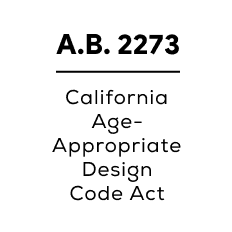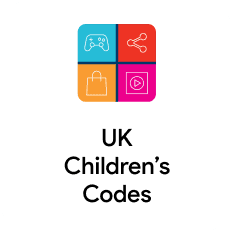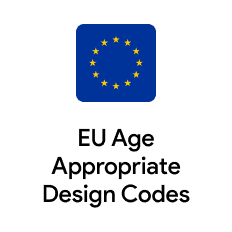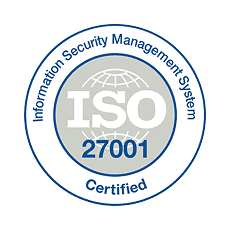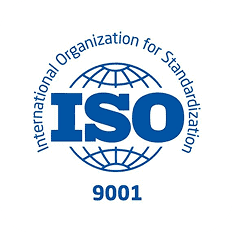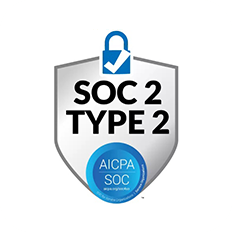Introduction
PrivateID is built for seamless, interoperable identity authentication with privacy at its core. Its edge-based architecture and patented tokenization keep biometrics on-device for 1:1 and use anonymized tokens for 1:N—enabling compliant, scalable authentication.
Cognitec (FaceVACS) offers a mature server-centric facial recognition portfolio—database search (FaceVACS-DBScan), real-time video screening/people analytics, border/access solutions, and SDKs—primarily designed for match-on-server deployments for government and enterprise use cases.
1. Architecture
PrivateID: Performs 1:1 matching entirely on-device; no biometric images or templates leave the device.
Cognitec: FaceVACS products (e.g., DBScan) use a client-server model in which images/features are sent to a centralized server (on-prem or customer cloud) for processing and database comparison. Clustering supports multi-million person galleries.
2. Privacy & Tokenization
PrivateID: Patented Homomorphic Tokenization; no images/templates transmitted; IEEE 2410 compliant.
Cognitec: Processes biometric samples/templates server-side (customer-managed when on-prem). Cognitec publishes GDPR-aligned data-protection notices, but does not claim homomorphic tokenization or an on-device/no-biometrics-off-device model. Compliance duties (lawful basis, retention, DSARs) remain with the operator.
3. 1:1 vs 1:N Matching
PrivateID:
•1:1: On-device; nothing leaves the device.
•1:N: Only anonymized tokens sent to server; constant-time lookups.
Cognitec: Provides 1:1 verification (e.g., FaceVACS-Entry) and 1:N identification (e.g., DBScan) by uploading samples/features to a server which compares against stored templates.
4. Multi-Modal Biometrics
PrivateID: Face, voice, palm, fingerprint; can combine with passkeys and risk signals.
Cognitec: Focuses on face biometrics (image capture, verification, identification, video screening, analytics) via the FaceVACS engine and SDKs.
5. Liveness Detection (PAD)
PrivateID: On-device PAD (photos, masks, screens, deepfakes) without transmitting biometrics.
Cognitec: FaceVACS-Entry incorporates presentation attack detection and live-vs-ID comparison; PAD is part of the device/server workflow. Public materials highlight PAD support, but do not cite independent iBeta PAD certifications for FaceVACS specifically.
6. Scalability & Efficiency
PrivateID: Constant-time performance; ~1 KB tokens minimize bandwidth/compute.
Cognitec: Scales by adding server capacity and supports cluster configurations for multi-million-record galleries; performance and cost scale with gallery size and throughput, as typical for match-on-server designs.
7. Accuracy
PrivateID: 99.999% accuracy across unlimited gallery sizes (privacy-preserving tokenization).
Cognitec: Actively participates in NIST FRVT. Vendor reports show significant accuracy improvements in the December 2023 FRVT updates (1:N cognitec-007, 1:1 cognitec-005) and continued progress; NIST’s 2025 report card lists cognitec_006 for 1:1 verification.
8. Compliance & Security
PrivateID: On-device 1:1 and tokenized 1:N inherently align with GDPR/CCPA/HIPAA/BIPA; IEEE 2410 certified; no biometric data stored or transmitted.
Cognitec: Publishes GDPR notices and supports customer-controlled storage (on-prem). Because matching uses server-side templates, operators remain responsible for DPIAs, retention, audit, and security controls.
9. Deployment & Integration
PrivateID: Lightweight SDK/API; runs on general-purpose devices; no cloud dependency for 1:1.
Cognitec: Delivered as products/SDKs and server software (e.g., DBScan) with REST API; integrates into IDV/KYC, border control, investigations, surveillance, and access-control workflows.
10. Ethics & Trust
PrivateID: Purpose-built for consented, privacy-preserving authentication.
Cognitec: Long-standing vendor for government and enterprise face recognition (database search, real-time screening). The surveillance/investigations focus implies different governance considerations than user-centric authentication.
11. Cost & Total Cost of Ownership (TCO)
PrivateID: Edge + tokenization cut compute, bandwidth, and storage.
Cognitec: Server-centric matching and large galleries tie cost to compute/storage and network; clustering enables scale but infrastructure grows with volume.
12. Latency & User Experience
PrivateID: ~100 ms real-time authentication at any scale with constant-time token ops.
Cognitec: Requires network roundtrips and server processing for verification/identification; on-prem lowers WAN latency but still depends on server capacity and gallery size.
13. Deployment Flexibility
PrivateID: Fully edge-capable (1:1) and hybrid edge-to-server (1:N) with tokenization; cloud/on-prem/hybrid without lock-in.
Cognitec: Flexible on-prem and customer-cloud deployments; provides SDKs/APIs and cluster options for high-scale database operations. Recognition remains server-based.
14. Ecosystem & Interoperability
PrivateID: Standards-based (IEEE 2410, FIDO2) and interoperable with IAM/MFA/Passkeys/RBA.
Cognitec: API/SDK-driven integration (REST, SDKs) for identity, border, and video analytics ecosystems; focus is facial workflows rather than passkey-native IAM.
15. Bias & Fairness
PrivateID: Tokenization removes demographic identifiers, reducing bias amplification.
Cognitec: As with image-based face recognition generally, demographic effects are documented by NIST FRVT for 1:1 algorithms; Cognitec cites accuracy gains, but does not claim tokenization-style de-identification.
16. Business & Market Positioning
PrivateID: Built for privacy-first enterprise/consumer authentication in regulated sectors.
Cognitec: Positions FaceVACS for database search, investigations, border control, access control, and real-time video screening/analytics—optimized for security and government/enterprise operations rather than “no-biometrics-off-device” authentication.
Summary
PrivateID performs 1:1 on the device edge and uses homomorphic tokenization for 1:N, so biometric data never leaves the device for 1:1 and only anonymized tokens are exchanged for 1:N—yielding constant-time performance, built-in compliance, and lower TCO.
Cognitec delivers a robust server-based facial recognition stack (FaceVACS) with ongoing NIST FRVT participation and improvements. But because matching is server-side (on-prem or customer cloud), it introduces additional latency, compliance, and scaling costs compared with PrivateID’s edge + tokenization approach for privacy-critical identity authentication.









